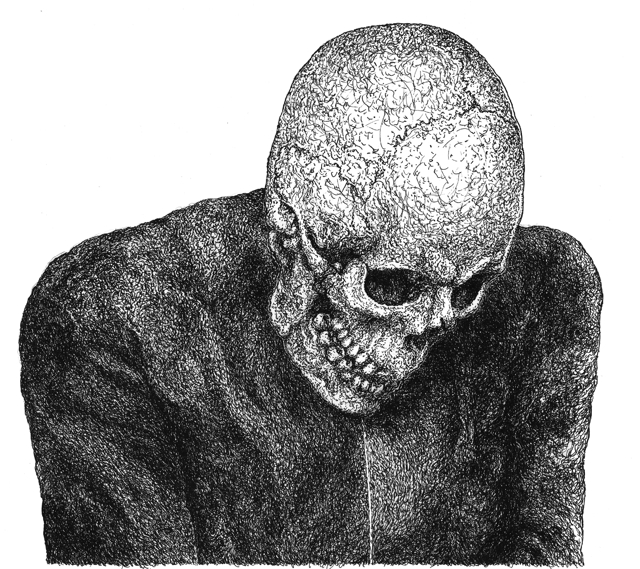 |
| Painting by Phil Musen |
Confessions of a Ghost Painter
It might not be known to the general public, but it’s not a very big secret in the art community. Successful mainstream artists rarely create their own work. This would be a sin in the music industry, where it happens but is less common. There seems to be an ethical rift not only in how the art world vs other businesses such as the music industry handles ghosts, but amongst the art world themselves there is a strong divide.
To meet international demand to be in multiple museums, galleries, private and educational collections, contemporary artists turn to scourges of unpaid interns and outsourcing regularly.
While historically several artists such as Warhol and Judd have collaborated with other creators such as in Andy’s Factory. It was not secret that they used other labor, and in fact it was conceptually key to their specific works, as the subject of their artwork dealt with ideas of creating work and authorship.
Medieval painters frequently collaborated within their guild and family and it can hard to verify the hand of old artists as one guild member may have painted the landscape and sheep and another painter worked on Jesus and Mary. Ghost writers happen frequently for autobiographies, where a famous subject needs assistance in writing about their life, yet the music industry’s relationship with ghosts is more muddled. Kanye and Eminem are known for their creative efforts, but often have their writers and collaborators listed in fine print and credited on their albums. Musicians from the Beatles to Beyonce have used tunes written by others without many questioning the act, however when Milli Vanilli was caught lip-syncing a live performance in 1989, the shame and stigma led to the suicide of a member. Animators also frequently collaborate but usually credit is given, so why so much secrecy about ghost art?
The “myth of the creative genius” has something to do with it. That art isn’t a regular business and that a crazy eccentric individual is locked in a studio somewhere creating all of this magic is how it all happens. It is a myth and this myth is sellable.
Robert Greene’s 48 Laws of Power addresses this tactic as one of its topics. To paraphrase - He encourages taking the skills of other workers under you or around you and make them appear as your own, as a power play. Make the labor and ideas of those beneath you be branded with your name. This is great for capitalism, and horrible for the working artists employed under it.
I won’t reveal all my clients, but I’ve done this for ten years and it is nothing new, in fact, it is the industry standard from New York to LA to Tokyo. It is what individual artists are competing against. Professional artists don’t just outsource, buying lights and brushes - Assistants not only mix the paint but make the works from start to finish with out the artist ever present in many cases. If the lead artist doesn’t sign the artwork themselves, an intern can copy it from a “signature book.” A real thing at a former workplace, by the way. Board meetings are used for creative decisions to decide what art will be the trendiest and most marketable - the lead artist stopped buying sketchpads years ago to plan anything, and may not even be present at the meetings.
Star artists such as Jeff Koons, Murakami and Kahinde Wiley have armies of unpaid interns and the practice happens on a smaller scale with other artists such as Summer Wheat, Diana Wege and more. Too often the lead artists are standing on the shoulders of the those with the skills they wish they had.
It unfortunately shows if you look at Kahinde Wiles work up close. While online or in print the colors, patterns and compositions seem the same, when you see many of the works gathered in person you can tell that many different hands created them, the texture and techniques are wildly dissimilar. It made me question if he even painted Obama’s portrait.
So, where do you draw the line? While it is hard to find a check creating your own fine art objects, some artist assistantships provide steady pay and many artists are eager to take the lowly unsustainable positions. With this level of industry exploitation, young artists should evaluate their practice. Should it be modified to compete with these giant machines, much as ma and pa shops must use franchise restaurant short cuts just to compete and stay alive. And while I won’t encourage exploiting other artists to create your own work, or un-crediting them, I would encourage some of the practices of the professional artist, from using a team or an assistant, to paying for ads. I believe credit has to be given to those who created the work, and the myth of the singular creative genius needs to be torn down and demystified.
It’s a difficult compromise, and artists should be aware. For more art writing like this and all your art and culture news follow @sharks_eat_meat

































